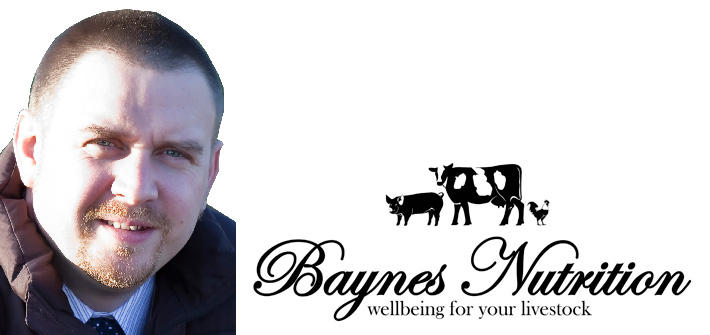The rapidly developing pig industry in China is accompanied by many challenges. This spring marked my fourth visit to China in two years to provide technical support to feed manufacturers across the country, and the speed of progress is astonishing.
They have caught up with 15 years’ worth of nutritional knowledge in just 24 months, and they are applying it successfully on-farm. It’s not just the speed of adopting new ideas and practises that I find incredible, but also the willingness to make changes.
The driving force is increased efficiency. They have lost 10% of their herd in a year due to financial pressures. With a population of 40 million sows, this is a huge number of animals to come out of production and, as a consequence, improvements in efficiency are critical to continued success.
They, like ourselves, are now driven to greater numbers of viable liveborn piglets per sow, and they’re importing European and US genetics to help achieve this. There’s concern, however, about the potential loss of cultural consumer preference. Where we, for example, look for loin length, ham confirmation and a low P2, the Chinese consumer’s traditional preference has been for fat cuts and fifth-quarter material – something that will become diluted with new genetics.
With the removal of antibiotic growth promoters from feed rations due to take place in the next 10 years, the Chinese are taking a pragmatic view on alternative approaches. We have had a lead of nine years here in the UK, and they can draw on our experiences, but they still have to sift through the options from the plethora of potential alternatives. As we have learnt, efficacy and stability of product is critical, as is the “right” combination of products that encourages voluntary feed intake. A combination of additives might look good on paper but it’s of little value if the piglets won’t eat it.
Here – and in China – numbers of piglets per pen post-weaning is increasing and the use of choice feeding is vital to protect – and enhance – intakes. After all, we can’t really tell the digestive maturity of a piglet based on physical size, as the large piglet may only have consumed sow’s milk and be completely naive to cereal-based starter feeds. Likewise, the small piglet could quite reasonably have been ingesting creep feed in the farrowing house and have greater digestive education. Therefore one diet isn’t going to best suit all the animals in a group, and a choice of two is essential.
In a short timeframe China has brought its production systems to a level comparable to the most forward thinking in Europe and the US. I’m confident that their pig producers will continue their willingness to change and adopt new techniques – just as our more progressive producers have. And it’s this approach that will protect them – and us – from future financial pressures.




